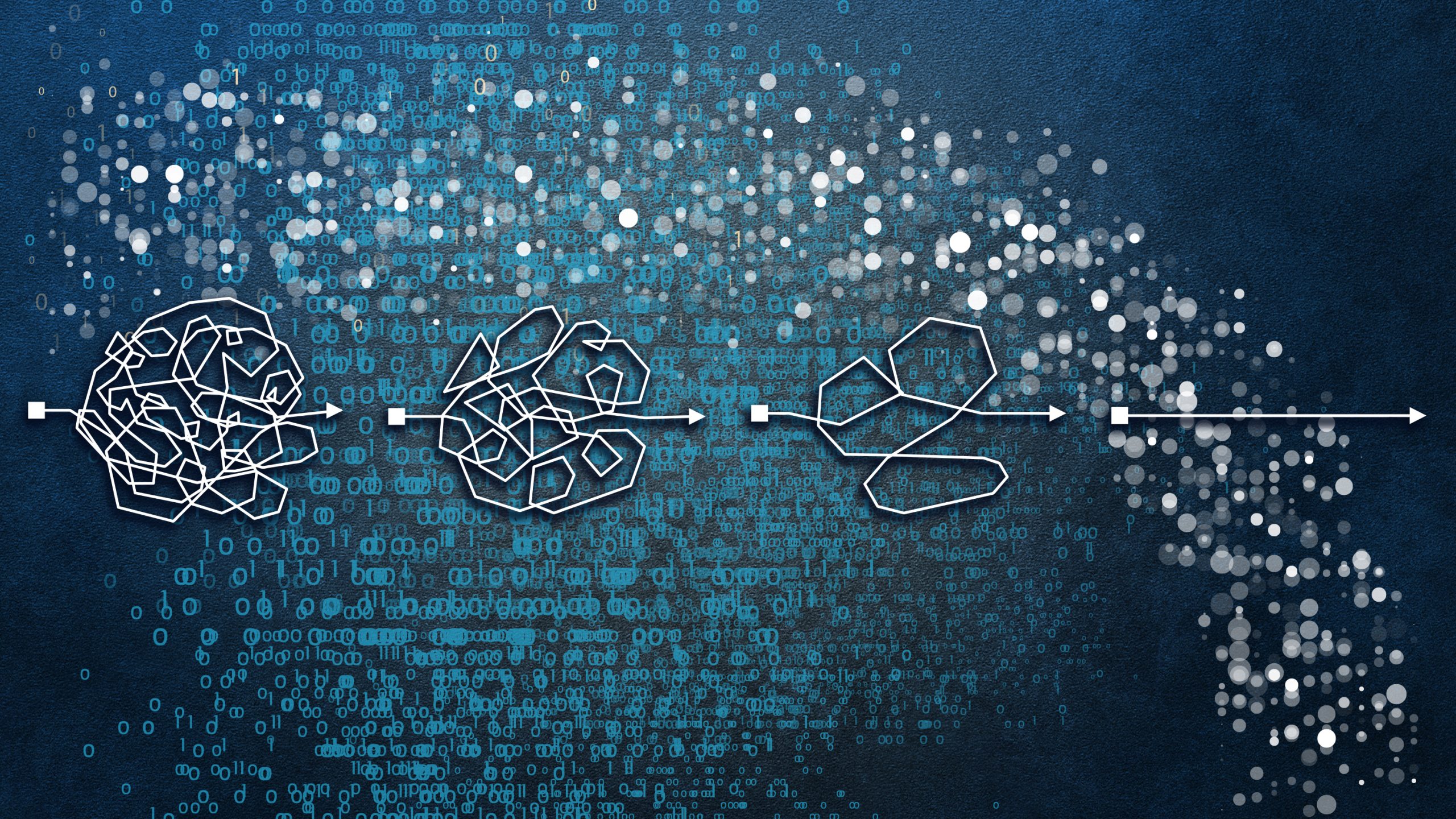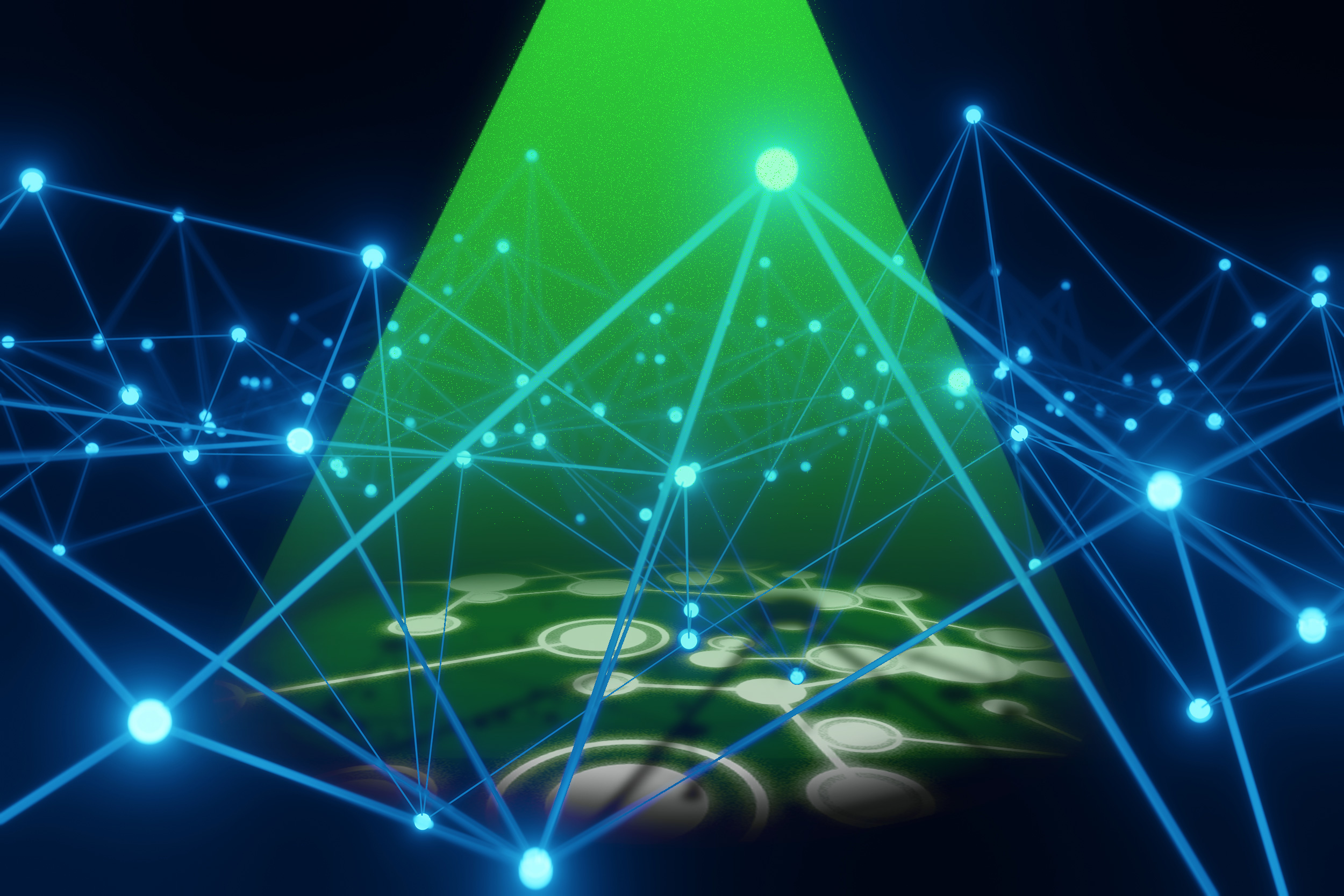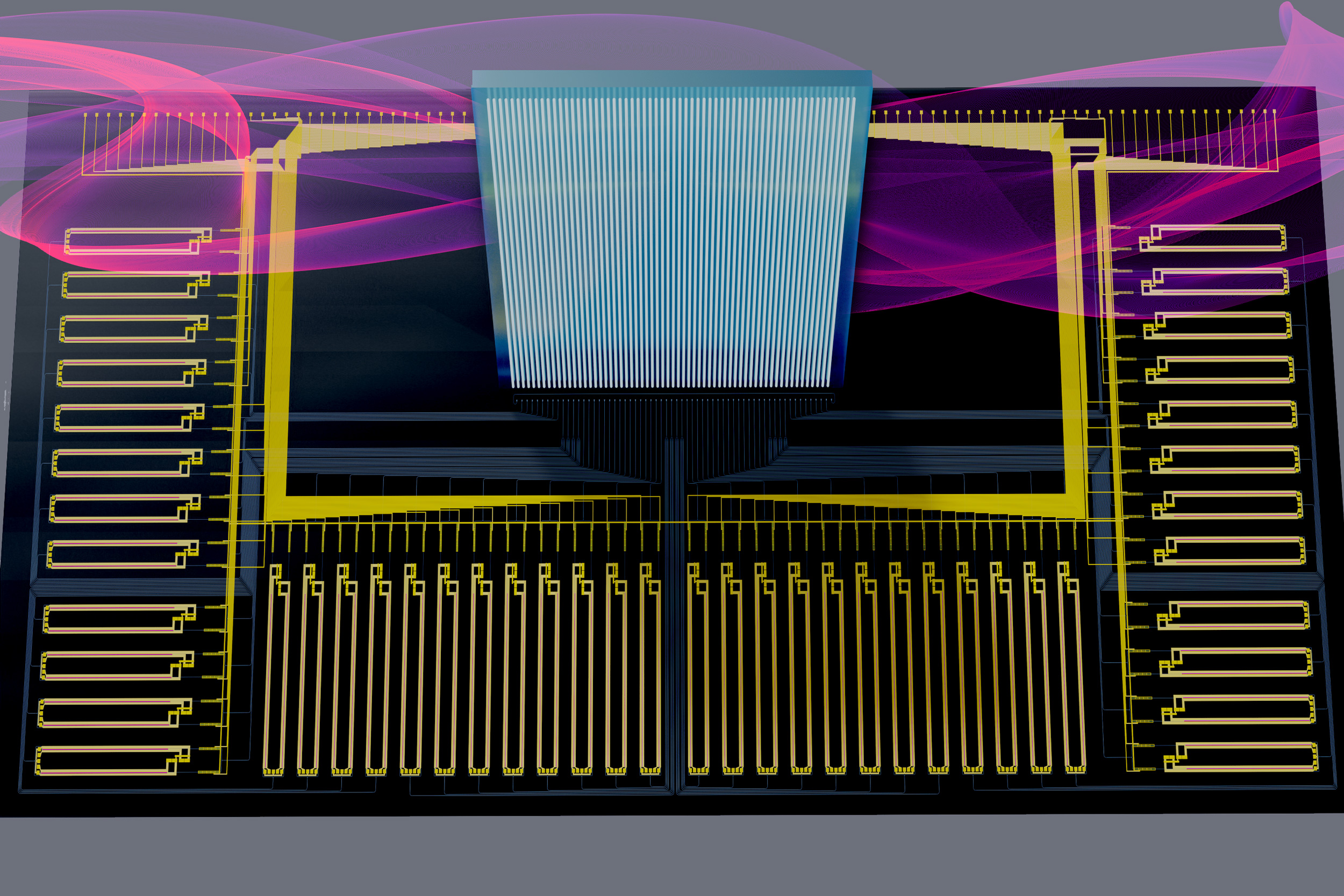Four Lincoln Laboratory technologies win five 2023 R&D 100 awards
Ultrasound that doesn’t require touching patients. A web-based tool that reinvents crew scheduling for the Air Force. Cryptographic hardware that protects sensitive data. And the world’s first practical memory for quantum networking.
These four technologies developed at MIT Lincoln Laboratory, …




